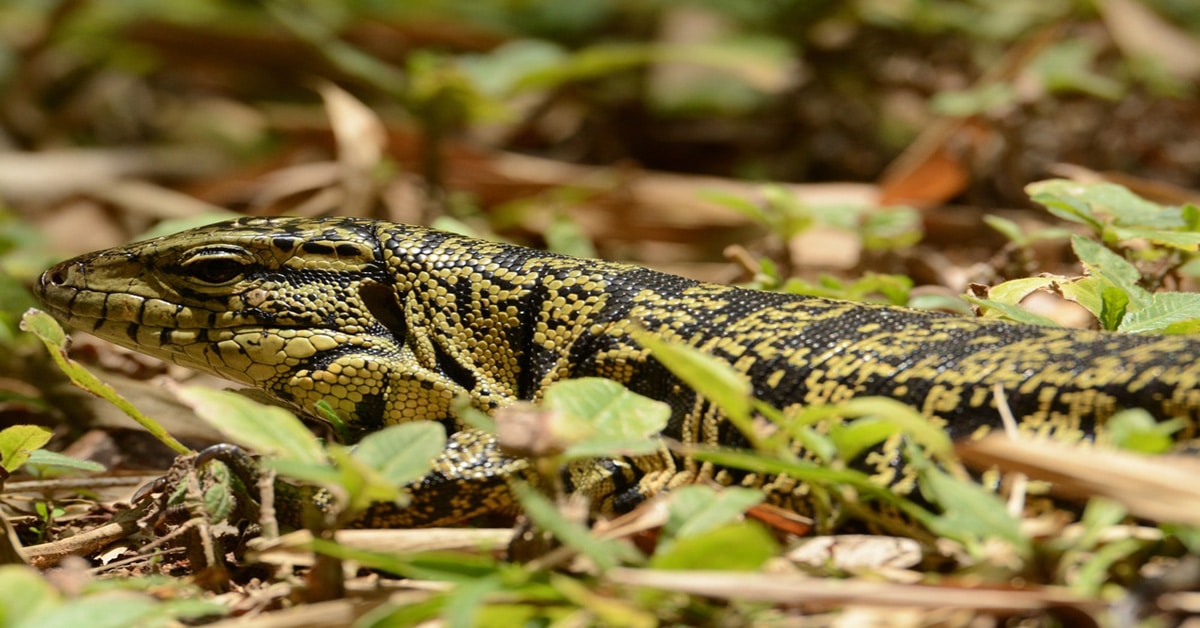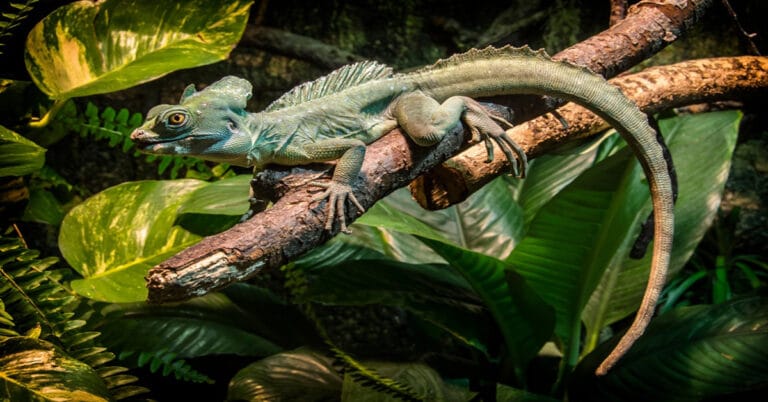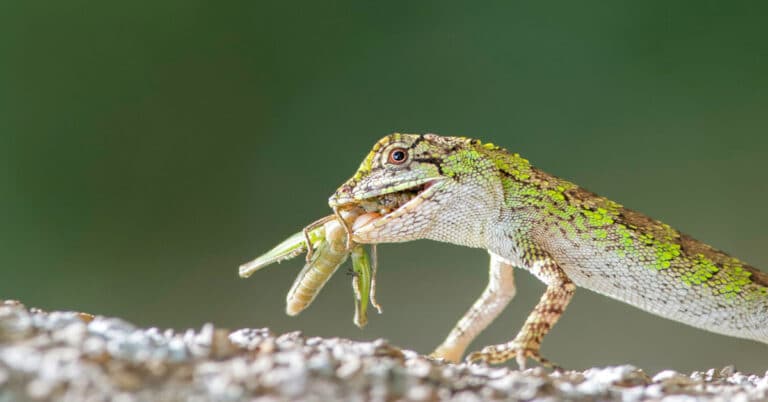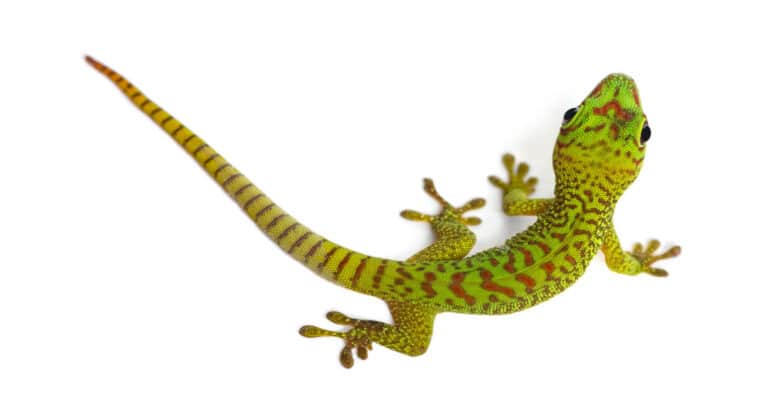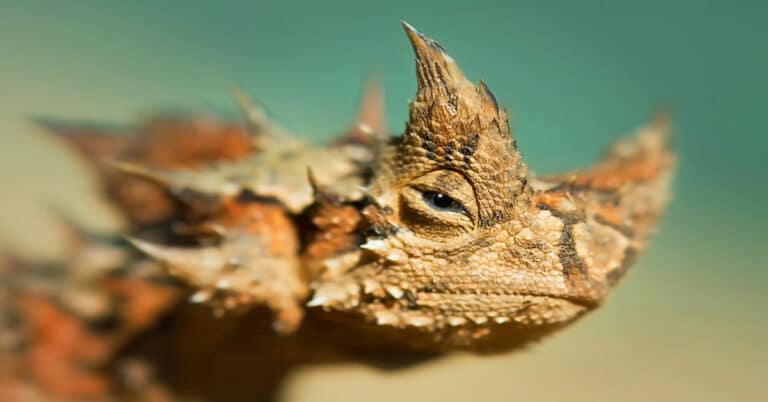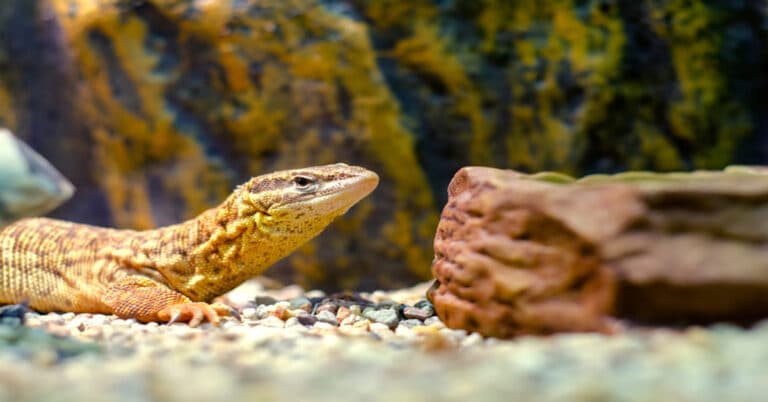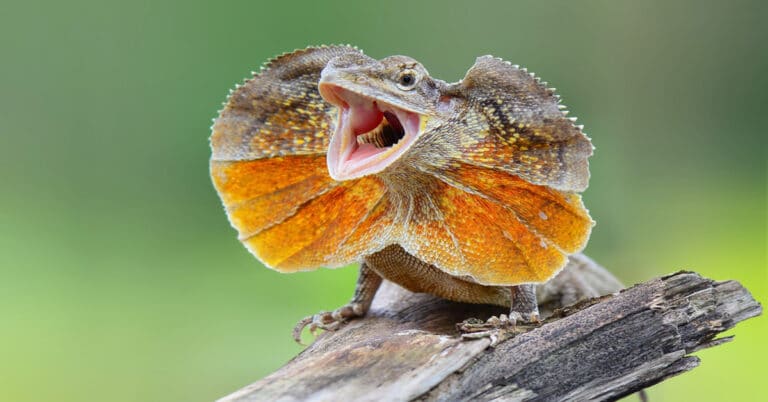Lizard Facts
What Are Lizards?
Lizards belong to the class Reptilia, resembling closely with snakes. There are some lizards, who are exactly like snakes and do not have legs, and hence called sheltopusiks. Lizards are the oldest inhabitants of the Earth and even existed about two hundred million years back. In fact, even today some of the members of the lizard family have similarities with those reptiles of the dinosaur age.
Usually, lizards possess a tiny head, a small neck, and an elongated body that ends with a tail. They can easily move their eyelids, which snakes cannot. Comprising of iguanas, geckos, skinks, chameleons, Gila monsters, monitors, and the like, there are more than 4,675 species of lizards across the entire globe.
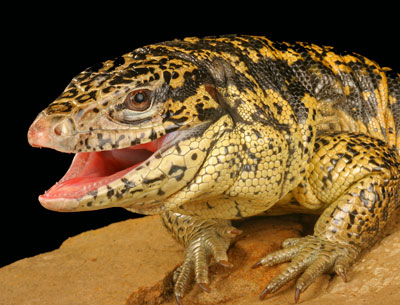
Senses of Lizards
Sight
A great majority of the lizards possesses eyelids which keep the eyes, tidy, and safeguard them by blinking. The exceptional ones, like the geckos are unable to blink, and possess a thin layer of membrane, which defend the eyes from dust and intense sunlight. They also clean the eyes with the help of their tongue. There are many lizards which can identify and communicate through colors, for example the iguanas. They have distinct body parts, enabling them communication with others, and separating the males and females.
Taste and Smell
For the lizards, their tongue performs multiple functions like the snakes. They can smell food, enemies, or mates, and catch the scent particles from the air by letting out and pulling back the sticky tongue which leaves the items on the mouth’s roof, that bears the sensory cells.
Hearing
The lizard’s hearing ability is very keen, due to the clear absence of the eardrums, unlike the mammals. They only have an opening to catch the sounds, the eardrums being present below the layer of skin. However, they can hear better than the snakes.
Habitat
In general, lizards reside on the ground, but some also prefer tree, water or burrow and they have special features depending on their habitat. For example, those residing in the trees have exclusive and wide, sharp claws, long or short in length. They use the tail for clutching the thin tree branches. The residents living in the burrow have tiny legs or even lack legs in order to move smoothly under the soil. The marine iguanas like to spend most of the time inside water, and only come to shore for resting occasionally on the rocks and on the beach, while the geckos, living in dry deserts mostly sleep in the daytime below the warm sand and only come out after the sunset.
Escape Mechanisms
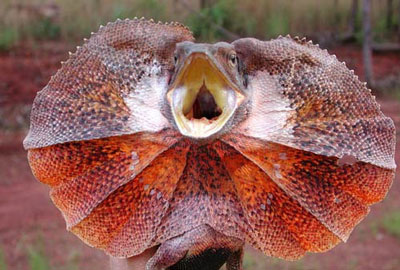
Lizards make very common food for birds of prey, snakes and other carnivorous animals. However, the ability to change color and camouflaging enables them to hide by remaining still for several hours. When in danger, some of the lizards shed a part of their tail that is weak and easily detachable. This helps them for a narrow escape, and it gradually grows back after some time, even though it will not look exactly same, but it saves them from dying.
Different species of lizards have different strategies of getting rid of the enemies. The horned lizards squirt blood to scare away the enemies. They have small blood vessels present in the eyes for this purpose. The sungazer lizard bears sharp spikes covering the entire body. The armadillo has pointed scales and they even have the ability to roll the entire body into a tight ball like structure for shielding the soft belly. The alligator lizards on the other hand, bite, beat or eject foul smell for scaring the enemies. The tropical Chuckwallas hides inside a crack, and bloats its body so that predators cannot extract it out of the cavities.
The shingle-backed skink (for T. Rugosa Asper, the only eastern Australian subspecies) possesses a thick, bulky tail, which is similar to its head. Thus, as soon as it detects danger, it bends the whole body in a U like shape, which can frighten the predator, as it seems that it has two heads.
The Frilled lizard, residing in Australia has its entire neck covered with a layer of loose skin or frill, which swells up as soon as becomes tense or if something scares it. Thus, it appears to be comparatively bigger in size than the actual size, and uses this to advantage to scare the predator by giving an impression that it is really bigger than it actually is; the predator may decide to look for a smaller prey. In case this strategy fails, then it uses its hind feet to scoot.
Lizard Foods
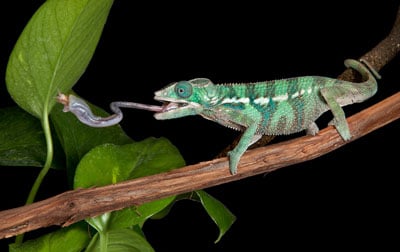
The food habits of the lizards depend largely on its nature. While some are carnivorous in nature, thriving mainly on birds, mammals and other reptiles, the vegetarians prefer leaves, vegetables, flowers or fruits. There are mainly two venomous lizards, the Gila monster as well as Mexican beaded Lizard. The saliva glands present within the jaws generate the venom. The lizards chew the venom into the victim. The caiman lizards prefer snails or other shelled animals. Once it catches the shelled animals, it moves up the head and releases the grip, so that the snail can roll towards the back of its mouth. Then it bites and cracks the shell with the help of flat molar-like teeth, and bites and rotates the snail alternatively with its tongue, and gets rid of the broken shell pieces.
Usually lizards prefer crickets, grasshoppers, flies and other insects which they catch with their elongated sticky tongues. Under domestication, lizards eat worms and meat along with insects, and also feed on vegetables or fruits on the basis of the preferences of the lizard specie.
Foreplay Activities
There are numerous processes for the male lizards to arrest the attention of the female lizards. They might oscillate their head up and down rapidly, or showcase the bright colors in the body or any other interesting feature they possess. The green anole can swell a rust colored throat sack and display this for several hours in order to win the lady lizard. The brown colored African lizard changes his head color in fiery red and his body and tail into bright blue color for attracting the females. At times, the male lizards compete with each other, till they eliminate the weaker one.
Breeding and Hatchlings
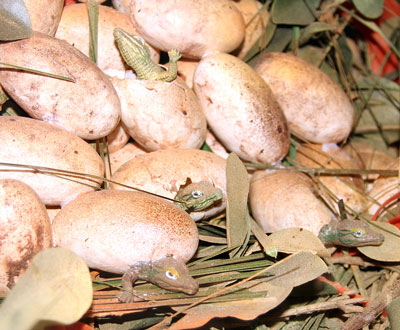
The eggs laid by the females are tender and leathery in nature. The lizards never guard the eggs or keep them warm. Instead, the young hatchlings can protect themselves without any help from the mother. Nevertheless, all the eggs are not soft and some of the mothers to take care of the little ones.
The Tokay gecko tends to lay exceptional eggs, which will eventually become hard when exposed to dry air, and adheres to the surfaces where it they laid them. The sandstone geckos lay their eggs in rock-strewn areas. Nile monitor lizards tend to lay the eggs inside termite mounds. Thus, the eggs incubate from the heat of the mounds. While some of the skinks warm the eggs, others give birth to hatchlings. The hatchlings are always similar to their parents.
Some Interesting Facts About Lizards
- Across the globe, here are about 5,000 species of lizards.
- Unlike snakes, most of the lizards can blink. (A few exceptions, like geckos cannot move eyelids.)
- Lizards use the tongue to smell food, enemy or mates.
- Shading of skin is common among lizards.
- When in danger, usually most of them can shed their tails off from a spot, which can later grow, smaller in length, and without any bones.
- The Komodo dragon is the largest lizard, having a length maximum 10 feet. They are slow hunters, and wait for several days after biting the prey to its death.
- Some lizards squirt blood 2-4 away from their eyes to scare enemies.
- Some of the lizards live, as long as 30 years; We have read about a Mexican beaded that lived for 33 years and 11 months.
- Most of them have suction cups on their feet, for climbing quickly. The Gecko climbs fastest. Others may run upside down very fast.
- The tongue is usually of several forms and structure. It maybe club shaped or fork-shaped.
- They use the tongue for several purposes, so it is long and flexible and they can extend it for a long distance
- The reptiles excrete salts for preserving water. They grow throughout their lives and shed skins when want to grow more
- Most of the lizards relax in the sunlight
- While some of them lay eggs, others give birth to young lizards, on the basis of the species
- The collard lizard (Crotaphytus Collaris) as well as the basilisk, can run with their hind legs, and even walk on water when they are young.
- The Draco lizards, also known as flying lizards, residing in India, can fly between the tree branches with the aid of a membrane connecting the front and rear legs. They only come to the ground when they want to mat or lay eggs.
- The chormatophores (pigmented cells) present in the skin surface of a chameleon expands or retracts according to the varying colors of the environment, or when they need to hide. They also change colors due to the psychological or physical state of the lizard. (joy or aggression)
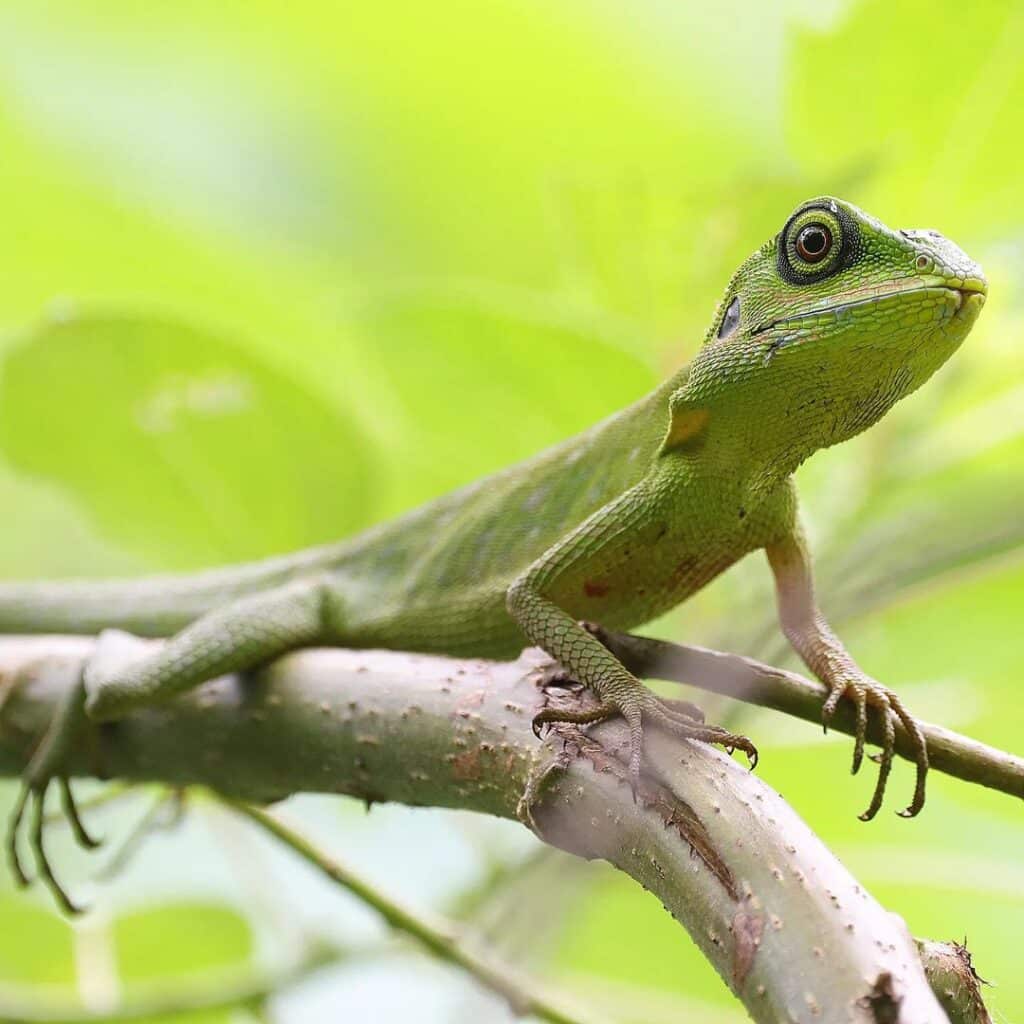

Having discovered a fondness for insects while pursuing her degree in Biology, Randi Jones was quite bugged to know that people usually dismissed these little creatures as “creepy-crawlies”.

